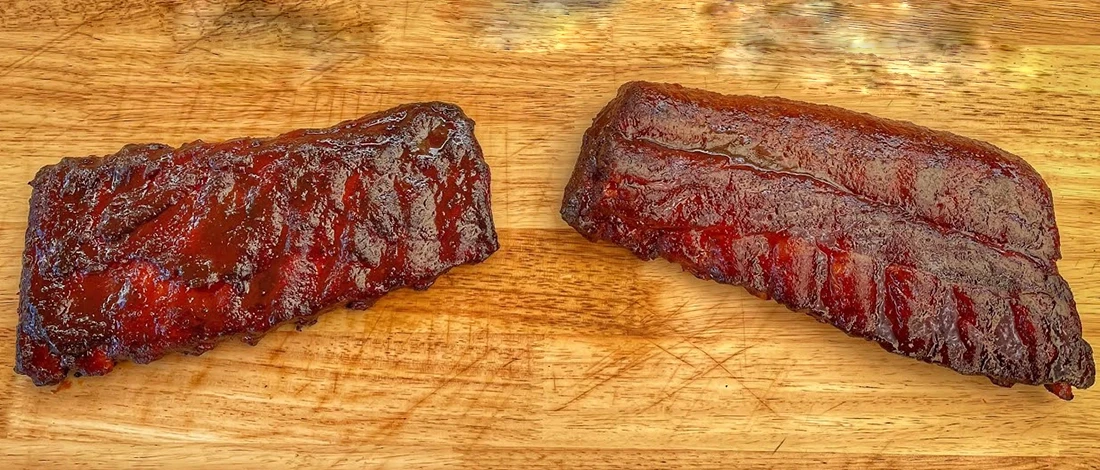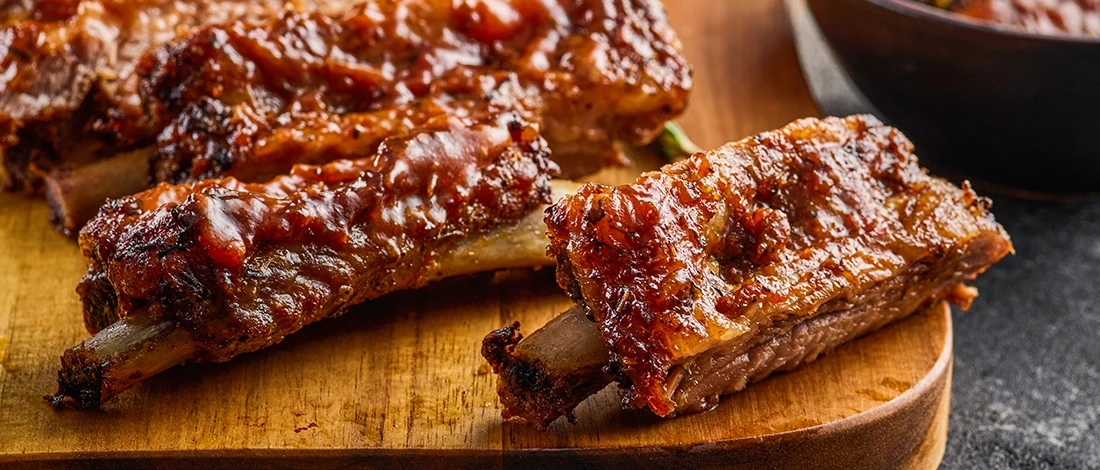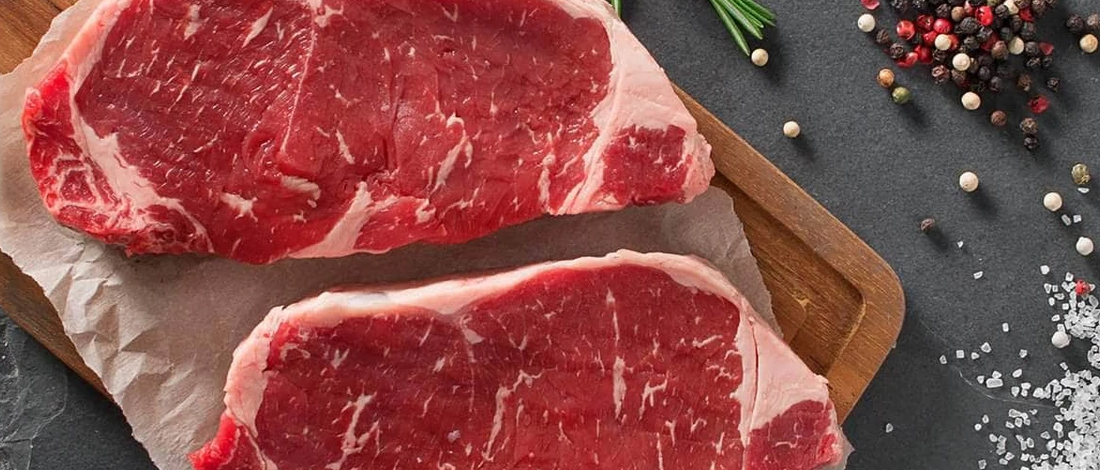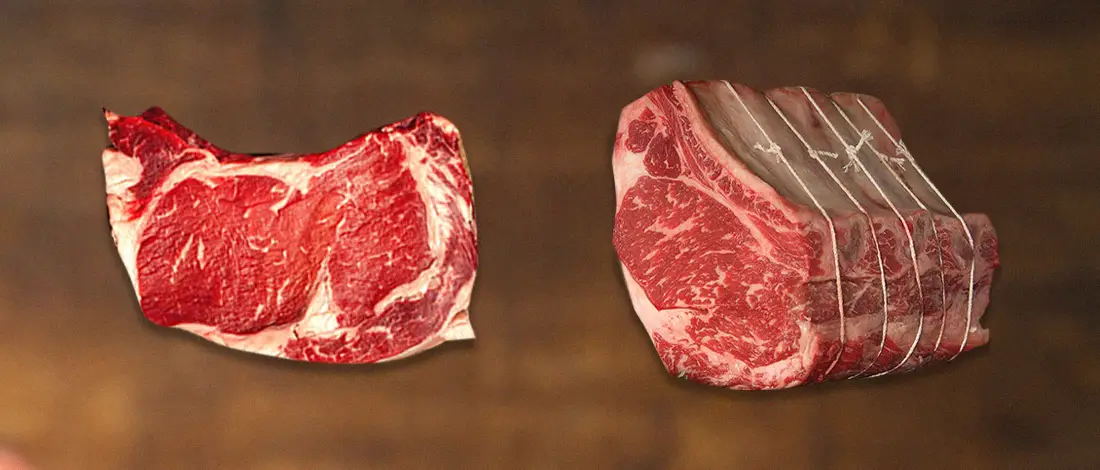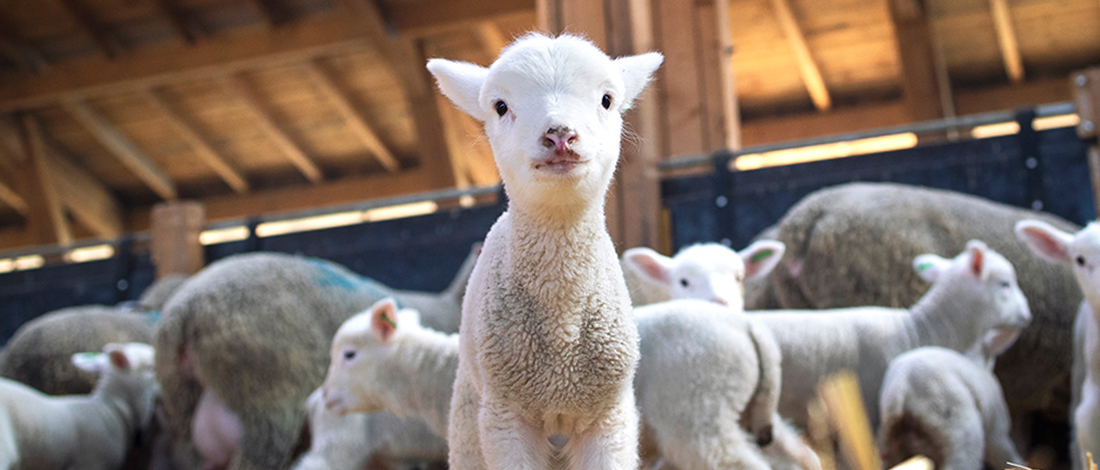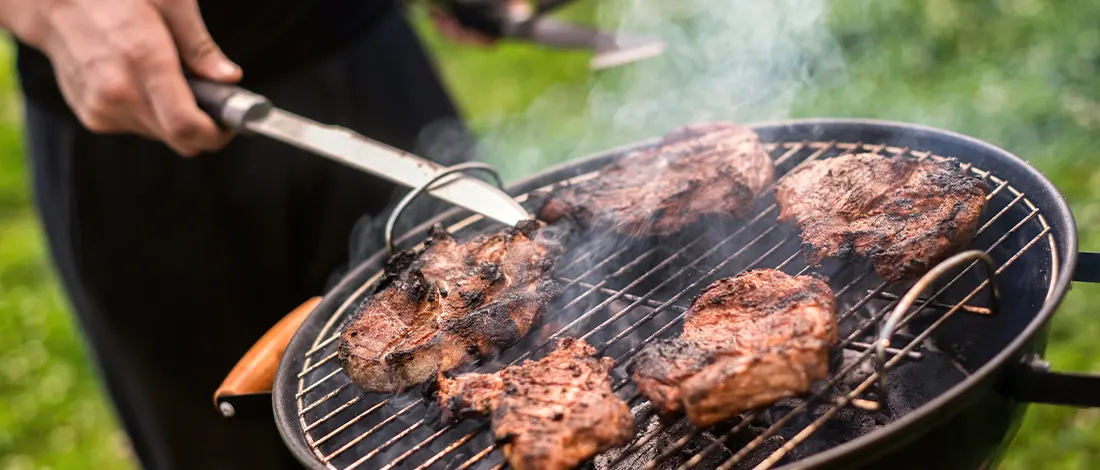Pork ribs are a tasty treat, whether flame-grilled, oven-baked, or cooked to perfection in a smoker!
You may hear different terms bandied about concerning ribs, such as spare ribs and St. Louis ribs. What are these ribs, and what’s the difference?
Our Carnivore Style smoking experts have the answer!
Quick Summary
- St. Louis ribs and spare ribs come from the same cut of the pig, but St. Louis ribs are trimmed for a more uniform shape.
- The uniform shape of St. Louis ribs promotes even cooking, making them a popular choice for grilling and smoking.
- Despite the different cuts, the flavor, tenderness, and juiciness of St. Louis and spare ribs are similar.
What Is The Difference Between Spare Ribs & St. Louis Ribs?

You may be surprised to find out that there is little difference between spare ribs and St. Louis ribs and wonder why it is necessary to make a distinction between the two cuts.
According to Carnivore Style's team, these two rib cuts don’t only come from the same animal, the pig, but they come from the same cut from the pig.
Where Do Spare Ribs Come From?
Spare ribs are cut from the lower rib cage of the pig, near the sternum of the pig.
This is close to the region of the belly where bacon is traditionally cut from.
This results in a meatier rib cut and more flavorful meat that can absorb more flavor from the smoking process.
Spare ribs are characterized by a good layer of meat on top of the ribs as well as between the rib bones, resulting in a juicier finish when cooked.
Spare ribs are a relatively large cut, usually with between 11 and 13 large rib bones included in the full cut.
Where Do St. Louis Ribs Come From?
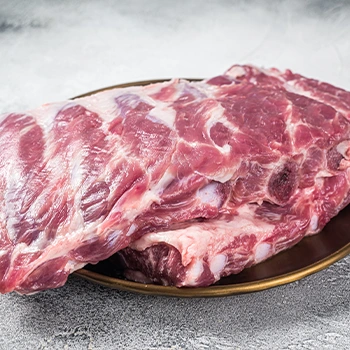
St. Louis ribs do not come from special pigs raised in St. Louis, but they are derived directly from the spare rib cut!
The St. Louis ribs are spare ribs that have been neatly trimmed to produce a well-proportioned, rectangular rack of ribs that cooks evenly [1].
The St. Louis cut is made by trimming the ends, called rib tips, from the spare ribs.
The narrow, pointed end of the ribs are also cut off to produce a roughly rectangular shape.
From the underside of the spare ribs, the flap of meat called the rib skirt is also cut away.
The skirt has a lot of meat on it and can be kept to cook in a different dish.
Other odds and ends, including bits of fat and gristle, are trimmed away from the ribs to create a rack that is of an even thickness across its length.
How Did St. Louis Ribs Get Their Name?
The name of the St. Louis ribs comes from the location where this form of trimming ribs first became popular.
St. Louis, Missouri in the USA, is considered to be the BBQ capital of the country.
The popularity of grilling in this city led to the trimming of spare ribs, particularly for cooking on a charcoal grill.
The regular shape of the trimmed ribs promotes more even cooking of the ribs and allows for more space on the grill.
While the St. Louis ribs were originally trimmed to provide a better cooking experience on the grill, the same principles benefit this style when used in the smoker.
Do St. Louis & Spare Ribs Cook Differently?
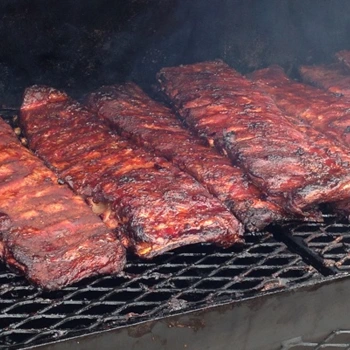
The cooking process for the two types of ribs can be performed exactly the same, using the same rubs, sauces, and cooking times and temperatures, but the St. Louis ribs offer some benefits.
Spare ribs are uneven, with different thicknesses of meat and bone throughout the entire cut. This makes even cooking or smoking difficult.
The rib tips will cook significantly faster than the thicker parts of the ribs, as will the thinner pointed end of the cut.
These parts will dry out faster and become over-cooked raster than the rest of the ribs.
While this is not necessarily a bad thing, and these bits can still be tasty, some people prefer to avoid this problem.
St. Louis ribs cook at an even rate due to the uniform thickness of the cut.
This gives you more control over the cooking process without the concern that the edges will dry out.
St. Louis ribs are often preferred by many people because they sit flatter on the grill, more so than spare ribs and even baby back ribs, which helps to promote the even cooking of the rack.
Spare ribs are a difficult shape to accommodate on most grills or smokers, which are usually rectangular shapes.
Consequently, using St Louis ribs will allow more racks of ribs to be placed in the smoker or on the grill at the same time.
This is of particular importance when catering for a large number of people and need to have all the ribs ready at the same time.
Is The Eating Experience Different For Spare Ribs & St. Louis Ribs?
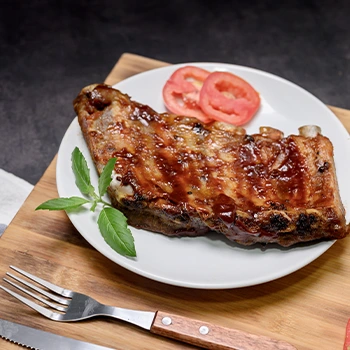
Most people consider the St. Louis ribs to be easier to eat than a standard rack of spare ribs.
This is mostly due to the connective tissue at the end of the ribs being removed during the trimming process.
When this is combined with removing the silver skin from the bone side of the ribs, it is considerably easier to pull the ribs apart on St. Louis ribs.
This often gives the perception that these ribs are more tender than normal spare ribs; however, they are from the same cut.
For some people, this is not a factor, and they enjoy the challenge and the messy occasion that typifies tucking into spare ribs!
Many restaurants prefer using St. Louis ribs because they present more elegantly on the plate than a rack of spare ribs.
The even cooking of St. Louis ribs and the better presentation make these ribs the preferred choice for BBQ and smoking competitions.
Related Articles:
References:
- https://www.texasmonthly.com/bbq/bbq-anatomy-101-pork-ribs/


